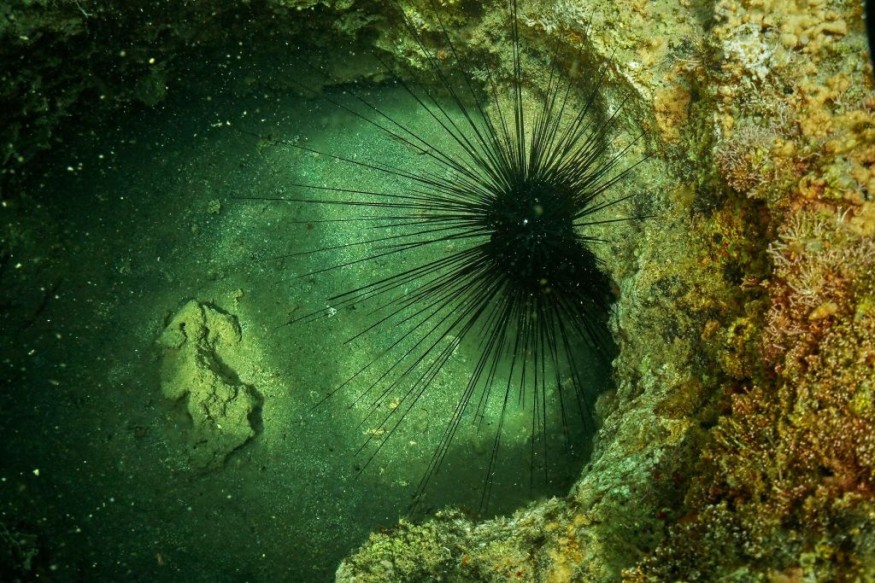Recent research discovered about 40,000 spines fragments of irregular echinoids (sea urchins). The new fossils of spines can decipher the deep-sea environments and stable colonization of other species 104 million years ago.
The world of oceans is full of mysteries and discoveries. Scientists have been studying the different marine species and determining new species unknown to science.
The Ocean covers most of the Earth's surface, and the deep waters are still unexplored. NOAA reported that only 24.9 of the seafloor is already mapped.
In addition, the discovery of new species is vital to develop possible conservation and protection efforts amidst the problems of climate change and global warming.
Deep-sea is an area that could become difficult for species to survive due to wide depth, pressure increase and unusual temperatures. There is limited knowledge about the area's evolution history of aquatic animals.
New Spine Fossils Can Help Decipher Deep-Sea Activities

In a research published in PLOS ONE, international researchers found rare fossils of spines of irregular echinoids (sea urchins) that could better understand deep-sea organisms and invertebrates at least 104 million years ago.
Researchers explained that the deep sea is considered 95% of the world's oceans. While there are efforts to study the said areas, it could become costly and challenging using advanced technology.
As a result, the study observed about 1,400 Pleistocene and Lower Cretaceous sediment samples from the Southern Ocean and Pacific Atlantic, unearthing the fossil spines found in the deep sea.
The amazing 40,000 fragments of spines can provide insights into the survival or possible mass extinction of deep-sea organisms million years ago, especially during the Cretaceous period.
Researchers also noted the meteorite that unloaded during the Cretaceous era. Ancient animals, like the sea urchins or the recent fossils, could likely suffer from insufficient food supplies.
Also Read : Over 800 Shellfish Species Have Lowered Risk of Extinction; Experts Urged Conservation of Marine Bivalves
Unique Strawberry Stars
Recently, NWN reported the discovery of a unique aquatic species with 20 arms in Antarctica. The new species is named Strawberry Feather Star (Promachocrinus fragarius), belonging to a sea urchin class.
The study was published in the Invertebrate Systematics journal. The new species has a weird look with 20 arms. At first, a closer look will show it is like a strawberry in form.
The arms of the Strawberry Feather Star help the species to move around and target specific prey quickly.
Several sea urchins and shellfish suffer from climate change and global warming impacts. However, a recent report revealed that 800 shellfish, often harvested, can thrive despite the warming of oceans.
Shellfish species are considered essential food for many communities and countries. If species experience population decline, the supply of food could become affected.
As the 800 shellfish are resilient, they could likely suffer from the brink of extinction.
Related Article : Unique Strawberry Feather Star: New Aquatic Species Has 20 Arms Discovered in Antarctica
For more similar stories, don't forget to follow Nature World News.
© 2026 NatureWorldNews.com All rights reserved. Do not reproduce without permission.





